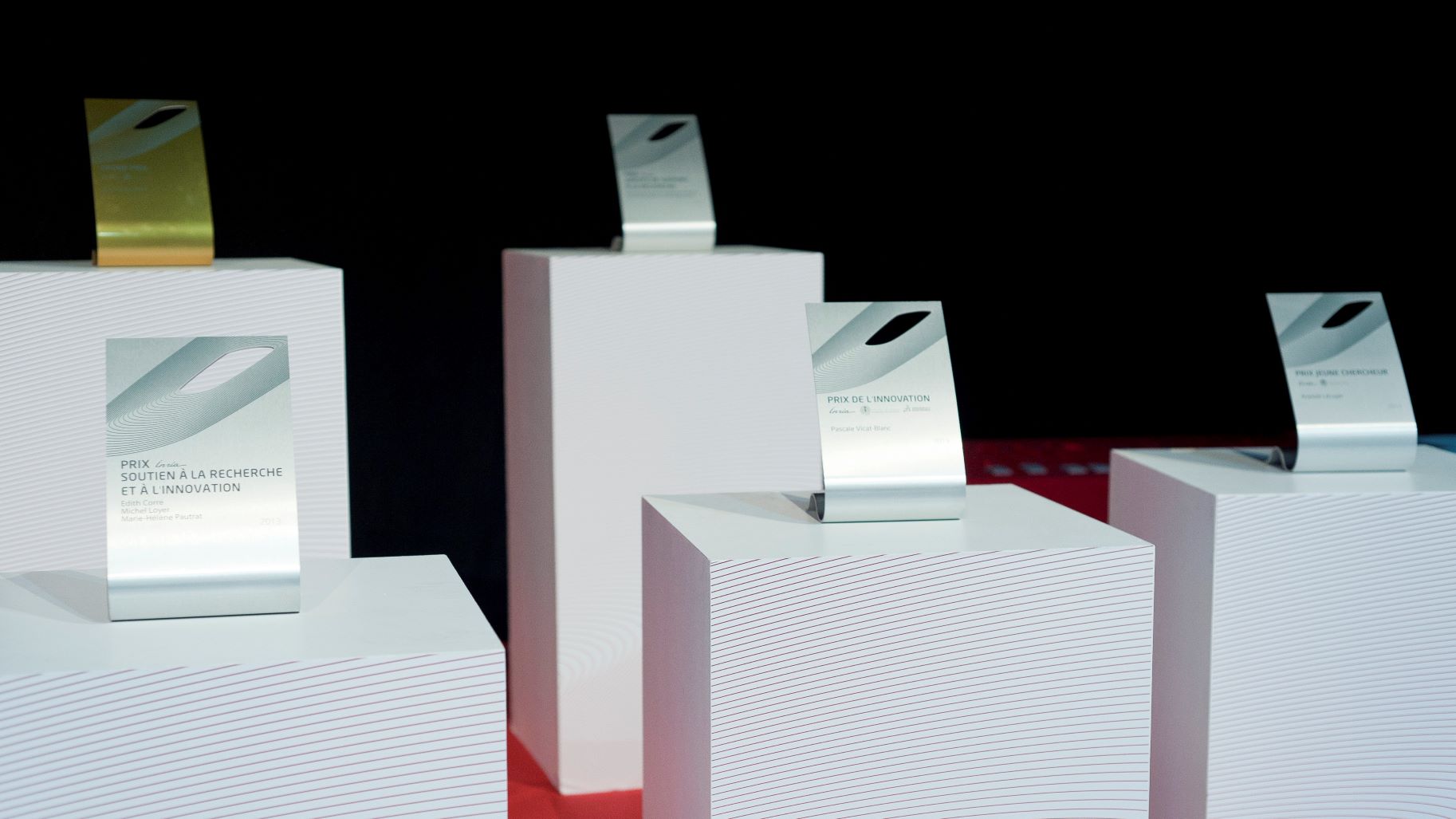2020 Inria-Académie des sciences Awards
Date:
Changed on 04/12/2020

An emeritus director of research at the CNRS, Pierre-Louis Curien has been a leading figure in basic computer science research in France for more than 35 years. At both a national and an international level, he has been influential in developing a specifically mathematical theory for programming languages.
In his early research, working alongside Gérard Berry, he demonstrated how to compile a syntactical program into a purely mathematical object (known as a sequential algorithm) capable of factoring in not only the functional behaviour of the initial program, but its operational behaviour as well. This revolutionary idea shaped our understanding of programming languages through mathematics.
In the early 1980s, he took the algebraic semantics framework laid out in category theory and extracted from it an abstract machine, called a Categorical Abstract Machine or CAM, which had a significant influence on the implementation (and the name) of the OCaml programming language. As the ‘80s turned to the ‘90s, this research led to the discovery of calculations for explicit substitutions and how they could be applied to proofs for correcting implementations or optimisations. It was during that time that he was awarded the IBM France Grand Prize. In the context of his current research, Pierre-Louis Curien employs his syntactical toolbox in order to define and process homotopy invariant algebraic structures, which are very much in vogue within the mathematics community.
Since its creation, the pi-r2 project team, which he jointly founded with Hugo Herbelin (a joint undertaking with the University of Paris and the CNRS), has played a vital role in designing, developing and maintaining the Coq programming language. Pierre-Louis Curien was also a prominent figure in the discussions that paved the way for the launch of the INS2I at the CNRS, leading to computer science being defined as a scientific field for the first time in France.
Stanley Durrleman’s research is concerned with the development of artificial intelligence systems capable of learning the dynamics of difficult to observe biological processes, such as the progression of chronic illnesses. Over the course of the past ten years or so, Stanley Durrleman has made a number of significant breakthroughs, laying the groundwork for an emerging field of research at the junction between dynamic systems, differential geometry and machine learning. His research stepped up a gear as part of the ERC project LEASP (2016-2020), which led to publications in a number of disciplines: machine learning, computer vision, medical imaging and neuroimaging.
With ARAMIS, his project team at the Paris Brain Institute, he developed methods for estimating reference trajectories based on patient data repeated over time, which can be used to build digital models for illness progression. This enabled them to map the pathological trajectories for three neurodegenerative diseases: Alzheimer’s, Parkinson’s and Huntington’s. His team now use this model to make predictions for new patients. A similar automated prediction system for cognitive decline is currently being used at the Memory and Alzheimer’s Disease Centre at Pitié-Salpêtrière Hospital in Paris.
The team has also been working in collaboration with pharmaceutical companies, using these predictions to target the best possible time for testing a treatment and evaluating to what extent this might change the progression trajectory of a disease. These tools are helping to establish precision medicine in neurology.
PlantNet, undoubtedly one of the most important technological innovations in recent years, has something of an unusual back story, in that it can trace its roots back to digital science, life sciences and citizen science.
Set up in 2010 at the Agropolis foundation, the PlantNet team has been behind a number of major methodological and algorithm-based contributions: the visual match search function employed in the application draws on innovative deep learning technology, enabling absolutely anyone to recognise plants through a combination of crowdsourcing and the development of original, interactive tools. Initially devised as a scientific instrument for monitoring plant biodiversity, PlantNet and its multidisciplinary team (with members from the fields of computer science, data science and life science) has now had a clear societal impact: with more than 10 million users worldwide, including hundreds of thousands of farmers and land managers, it has made it a lot easier for these professionals to manage biodiversity. The application is also used in a wide range of educational programmes. Indeed, it was recognised in the Biodiversity Plan published by the French Ministry of Ecological Transition as one possible solution for the upscaling needed when it comes to educating citizens about the environment and taking biodiversity into account in all human activities.